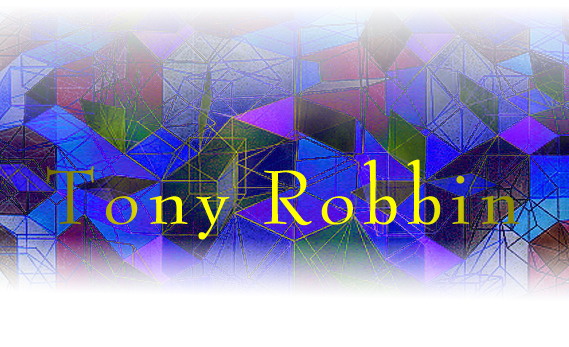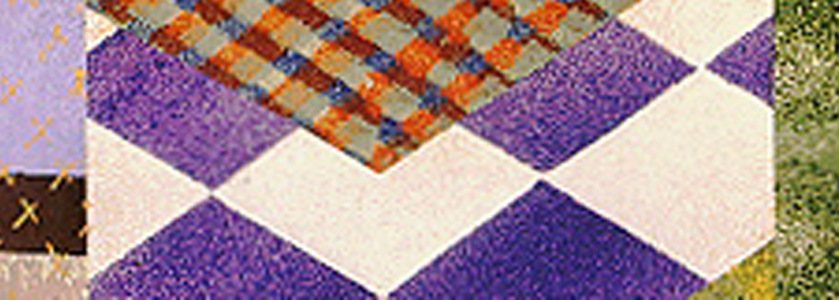
Know that the secret of the arts is to correct nature.
-Voltaire
Later work with Quasicrystals
In the late 80s, the increased research of quasicrystals created a further
hybird with Robbin's work.
Still being researched, quasicrystals hold the promise of quite unique physical,
structural, and well as visual properties. Two dimensional quasicrystals,
called Penrose tessellations after their discoverer, are a combination of
two different "tiles," a fat and a skinny rhombus. Similarly,
three dimensional quasicrystals are made up of fat and skinny blocks. The
most important characteristic of these crystals is that they are composed
of non repeating patterns. "The perfect stacking of just tow quasicrystal
elements over and over again looks and feels like a pattern. Recognizable
parts of a quasicrystal do repeat, but not in a regular way." 80
The most exciting aspect, though, is that not all aspects and properties
are known. "I am convinced that even if quasicrystals do not turn out
to be important to physics they will be a major contribution to architecture.....I
realized that quasicrystal architectural structure would cast shadow patterns
that transmogrify as the sun passes overhead." 89 By building his sculptures
from quasicrystals, the projected non-pattern shadow from the sun or other
light sources only adds to Robbin's already unique and complex pieces.

Quasicrystal Dome (1990) zinc model
Wrap up and closing
Tony Robbin's work unifies today's post modern world. Inspired by Oriental
art and the unique power of computer imaging, Robbin studies and resolves
mathematical problems as an artist.
The most acceptable statement about the relationship between art and science
is that science precedes art. ....But I have argued that a truer statement
about art and science, although, granted, one more difficult to prove, is
that art precedes science. Perceptions are emotions; one cannot have a new
scientific perception unless one is ready to experience an new emotion.
Artists are in the business of creating new emotions. 122
Whether mathematicians create art or artists study mathematics, the results
are the same: ideas are communicated and expressed, new concepts are studied
and resolved, and the average viewer understands and realizes a little bit
more about the world around us.

Back to Main
